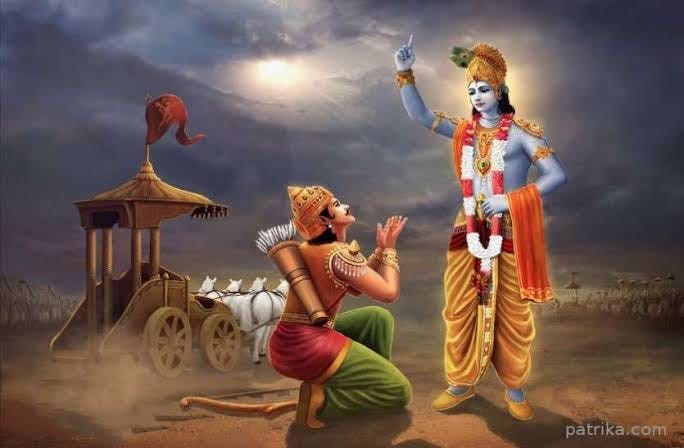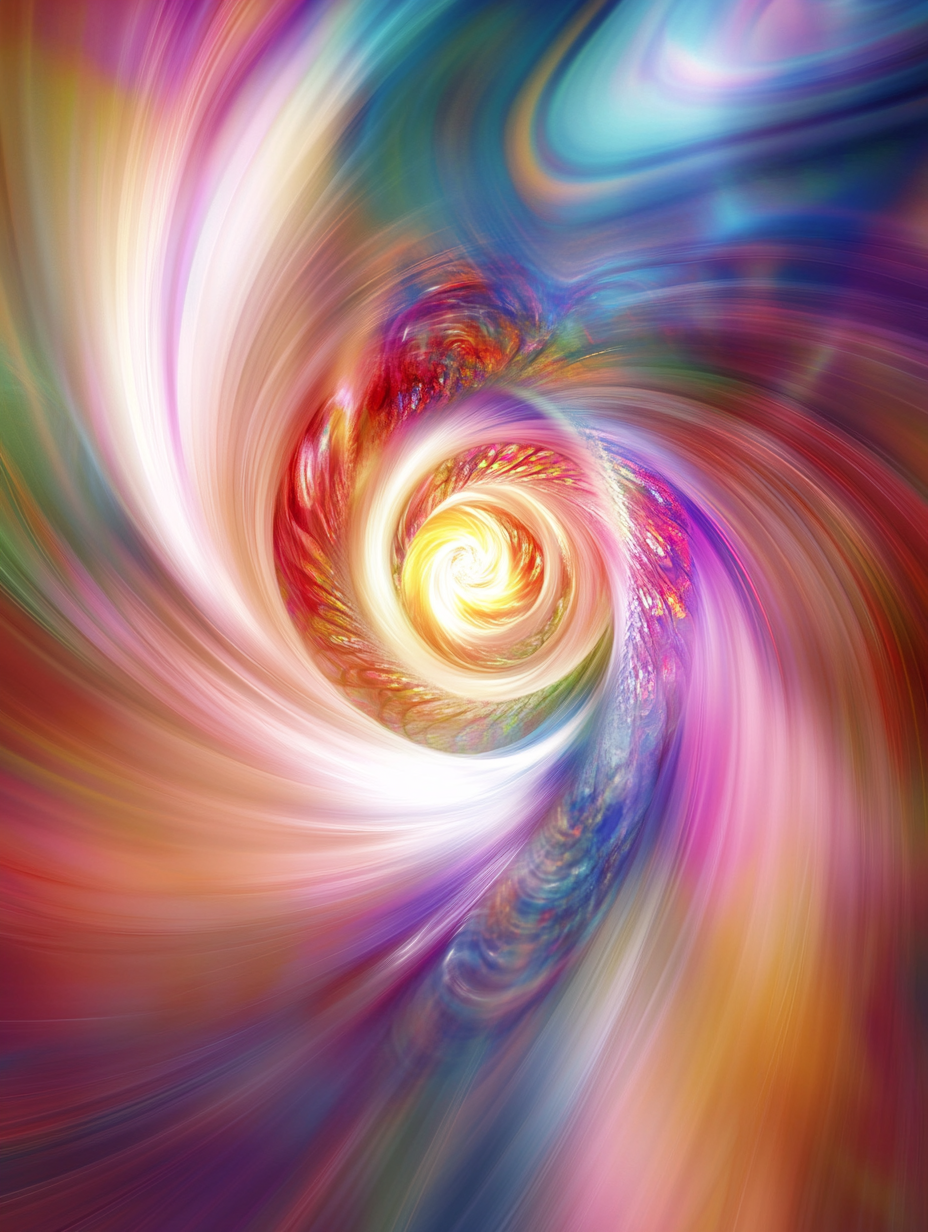
"When meditation is mastered, the mind is unwavering like the flame of a lamp in a windless place." – Bhagavad Gita 6.19

Across cultures, mystics and scientists have stared into the heart of reality and found motion - a subtle, primordial stirring that seems to underpin all existence. In Kashmir Shaivism, this subtle throb is called Spanda - the pulsation of consciousness itself. In quantum physics, we encounter a curious parallel: quantum fluctuations, tiny ripples in the vacuum of space-time from which particles and forces emerge. Could these two ideas, one from the spiritual sciences of India and the other from the laboratories of modern physics, be describing the same ultimate truth - that the universe is vibration?
In the non-dual Shaiva tradition, Spanda does not refer to movement in the physical sense, but rather the self-referential "vibration" of consciousness -a perpetual oscillation between manifestation and re-absorption. It is the heartbeat of the Absolute, the inner dynamism of Śiva that gives rise to Śakti - the manifest universe.
Swami Lakshman Joo, the 20th-century master of Kashmir Shaivism, described Spanda as “the throb of the absolute I-consciousness, manifesting itself in the form of the world.”
It is not that consciousness moves in space -consciousness creates space through its pulsation.
In quantum field theory, what we call “empty space” is never truly empty. Even in a perfect vacuum, fields are never still -they are in constant, random motion. These quantum fluctuations cause particles to pop in and out of existence, drive cosmic inflation in the early universe, and give rise to phenomena like the Casimir effect.
From the perspective of physics, these fluctuations are not metaphysical - they are measurable, calculable, and have real effects. But intriguingly, they occur in what we would normally think of as nothingness.
If we strip away the technical language, both Spanda and quantum fluctuations point to a reality that is never static.
The difference is in the framing: one is rooted in subjective awareness, the other in mathematical formalism. Yet both reject the idea of a still, inert universe.
In the Spanda doctrine, creation is not a one-time event - it is an ongoing process of manifestation and dissolution, an eternal dance. Quantum theory similarly suggests that the “fabric” of reality is not solid but made of fleeting excitations in deeper fields.
Could it be that what physics sees as quantum fields are, at a deeper level, the same as what Shaivism calls Śakti - the creative power of consciousness? If so, quantum fluctuations would be the physical “shadows” of Spanda, measurable in the lab but pointing to something far more fundamental.
If the universe is vibration, then matter is music - patterns of oscillation in a deeper field of reality. The ancient Ṛgveda’s proclamation, “In the beginning was vibration” (Nāda Brahman), and the physicist’s discovery that everything is a wave in some field, may not be separate truths but two ways of hearing the same cosmic symphony.
Whether we stand in a Himalayan cave meditating on the pulsation of Śiva, or in a particle accelerator detecting fluctuations in the quantum vacuum, we are, in a sense, listening for the same thing - the heartbeat of reality.
The ultimate question becomes: is vibration an accidental property of the universe, or is it the essence of reality itself?
And if it is the essence, then perhaps we are not separate from it - we are that vibration.